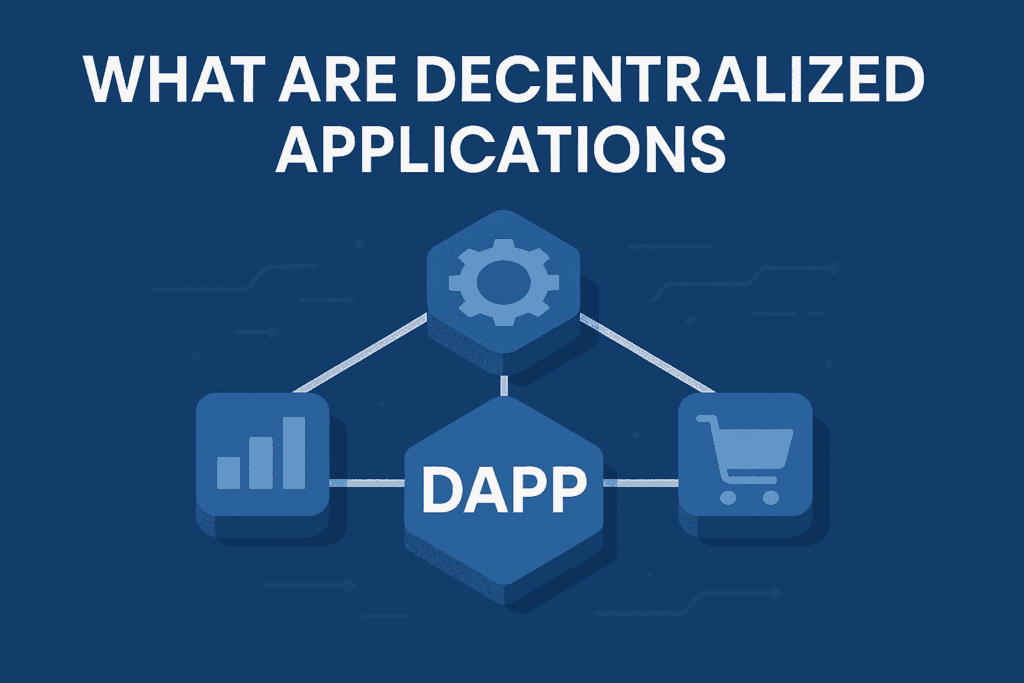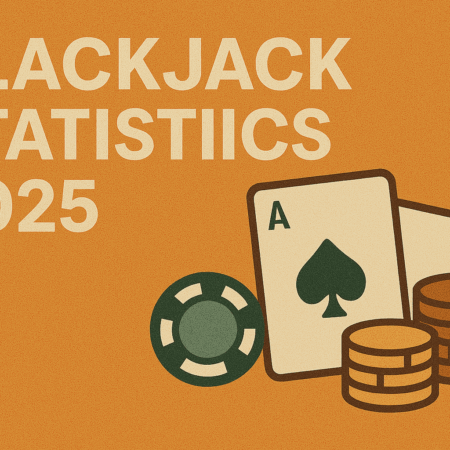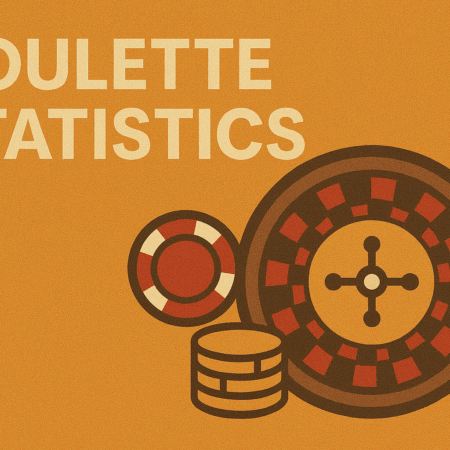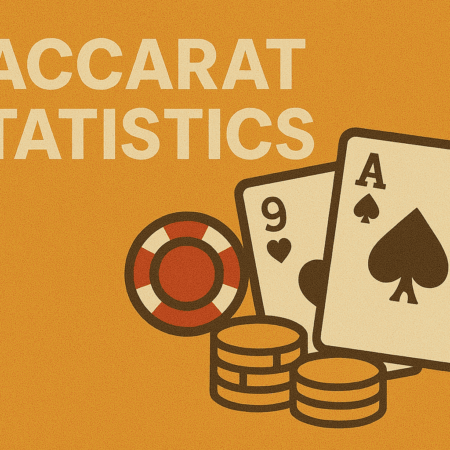
In 2025, decentralized applications—better known as DApps—are no longer niche projects for crypto hobbyists. They now power a wide range of real-world use cases, from decentralized finance (DeFi) to on-chain games, digital identity platforms, and AI-governed DAOs. As Web3 infrastructure matures, DApps are becoming more user-friendly, scalable, and accessible—bringing decentralization to the mainstream.
- Sign-Up Offer
- FREE 500 GC + 3 SC
- No purchase necessary
- 100% First-Purchase Boost
- Daily Login Bonus: 10 FS
- Social Media Contests
- VIP Exclusive Rewards
Whether you’re a developer, investor, or curious user, understanding how DApps work and where they’re headed is key to navigating the evolving world of blockchain technology.
What Is a Decentralized Application (DApp)?
A decentralized application (DApp) is a software program that runs on a distributed peer-to-peer network, rather than a single centralized server. DApps leverage blockchain technology—most commonly Ethereum—to execute smart contracts, which automate processes without requiring an intermediary.
Unlike traditional apps, which are controlled by a single entity (like Facebook or Google), DApps operate under transparent, auditable code and are governed by communities, not corporations.
Key Traits of DApps:
- Open-source: Code is visible and verifiable by the public.
- Decentralized: Backend runs on blockchain or peer-to-peer networks.
- Tokenized: Many DApps have their own native tokens for access, governance, or rewards.
- Autonomous: Operations are enforced by smart contracts, not human decision-makers.
DApp Architecture: How They Work
A DApp is typically composed of three main layers:
1. Smart Contracts (Backend Logic)
These are self-executing scripts stored on a blockchain that define how the app behaves—handling logic like lending rules, voting outcomes, or marketplace transactions.
2. Blockchain (Data Layer)
DApps use blockchain ledgers to store immutable records of transactions and states (e.g., balances, game progress, user votes).
3. Frontend Interface (User Layer)
This is the user-facing part of the DApp—often built using web technologies like JavaScript, React, or Vue.js—and connects to wallets like MetaMask or WalletConnect.
Popular DApp Use Cases in 2025
1. Decentralized Finance (DeFi)
Platforms like Aave, Uniswap, and Curve let users lend, borrow, trade, or stake assets without banks. In 2025, modular L2-based DeFi is reducing gas costs and risk exposure.
2. NFT Marketplaces
From OpenSea to Blur and minting sites like Zora, NFTs are used for art, gaming, and identity—many powered by DApps that handle royalties, listings, and auctions.
3. Gaming and Metaverse
On-chain games (like Pixels or Illuvium) reward players with tokens and NFT-based gear. These games run partially or fully as DApps on blockchains like Polygon or Immutable X.
4. Social DApps
Lens Protocol and Farcaster give users ownership of their social graphs. Posts, follows, and content moderation are governed by DAOs and smart contracts.
5. DAOs and Governance
Decentralized Autonomous Organizations (DAOs) are community-run DApps used for voting, fund management, and decision-making—governed entirely by token holders.
How to Use a DApp: A Beginner’s Walkthrough
Step 1: Get a Crypto Wallet
Download a Web3 wallet like MetaMask or use a mobile wallet like Trust Wallet. These wallets let you interact with DApps, sign transactions, and store assets.
Step 2: Connect to a Blockchain
Choose the appropriate network (Ethereum, Arbitrum, Optimism, Solana, etc.) within your wallet. Make sure you have the relevant tokens to pay for gas fees.
Step 3: Visit a DApp Platform
Go to a verified DApp site (e.g., app.uniswap.org) and connect your wallet. Always double-check URLs to avoid phishing.
Step 4: Interact and Confirm
Whether you’re swapping tokens, minting an NFT, or voting in a DAO, the DApp will prompt you to sign transactions via your wallet.
Challenges Facing DApps in 2025
Despite the growth, DApps still face key challenges:
⚠️ 1. User Experience (UX)
Wallets, seed phrases, gas fees, and slow transaction speeds can confuse non-technical users. Wallet abstraction and account abstraction (like ERC-4337) aim to solve this.
⚠️ 2. Security Risks
DApps are susceptible to exploits if smart contracts are not properly audited. Hacks and rug pulls have caused billions in losses over the past few years.
⚠️ 3. Scalability
Base-layer blockchains still face limits in speed and throughput. Layer 2 solutions and app-specific rollups are alleviating some of the load.
⚠️ 4. Regulatory Pressure
With governments eyeing decentralized systems, compliance requirements around DeFi, DAOs, and privacy-focused DApps are rising.
What’s Next for DApps?
As AI and crypto converge, new trends are shaping the future of DApps:
🔹 On-Chain AI Agents
Autonomous agents are using smart contracts to buy NFTs, allocate capital in DeFi, and optimize user strategies—all without human input.
🔹 DApps for Real-World Assets (RWAs)
Platforms like Centrifuge and Goldfinch are tokenizing invoices, real estate, and debt—bringing institutional capital on-chain via DApps.
🔹 Cross-Chain Interoperability
Protocols like LayerZero and Chainlink CCIP allow DApps to function seamlessly across multiple blockchains, creating a unified Web3 experience.
Final Thoughts
Decentralized applications are no longer just an experiment—they are the future of how we interact online. From banking without banks to gaming without publishers, DApps are giving users ownership, privacy, and freedom in a way the traditional internet never could.
As tooling improves and regulations evolve, expect DApps to become even more ingrained in everyday life. Whether you’re a builder or a user, now is the perfect time to explore and participate in the next phase of the internet.
🔎 FAQ: Decentralized Applications (DApps)
What is the difference between a DApp and a regular app?
A regular app runs on centralized servers controlled by a company. A DApp runs on blockchain networks and executes actions via smart contracts, removing the need for a middleman.
Do I need cryptocurrency to use a DApp?
Yes, most DApps require crypto to pay for network gas fees. Some newer DApps are using gasless transactions or paying gas on behalf of users to improve UX.
Are DApps safe to use?
DApps can be safe if the smart contracts are audited and the code is transparent. However, risks like phishing, contract bugs, or rug pulls still exist.
Can I build a DApp without coding?
While technical knowledge helps, tools like Thirdweb, Moralis, and Alchemy provide no-code and low-code options to build simple DApps or interact with existing ones.
Which blockchains support DApps in 2025?
Ethereum is the most popular, but many DApps are built on other chains like Solana, Avalanche, Polygon, Arbitrum, Optimism, and Base.
How do DApps make money?
DApps can earn revenue through transaction fees, tokenomics (native tokens), staking incentives, or premium features. Some are even community-run with profit-sharing models.

 Canada
Canada Deutsch
Deutsch Español
Español Português
Português



